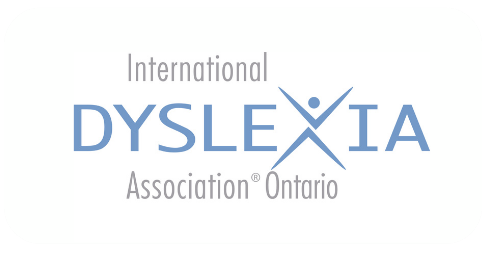Reading Road Trip: All Things Fluency with Dr. Jan Hasbrouck
In this IDA Ontario podcast featuring Kate Winn and Dr. Jan Hasbrouck, the focus is on the significance of reading fluency and its impact on students’ literacy development. Reading fluency, characterized by accuracy, rate, and prosody, plays a vital role in overall reading proficiency and comprehension. The podcast highlights the importance of assessing reading fluency effectively, and using research-backed approaches to supporting fluency development.



